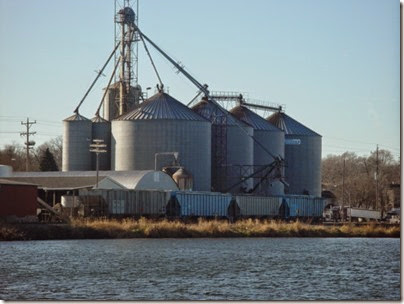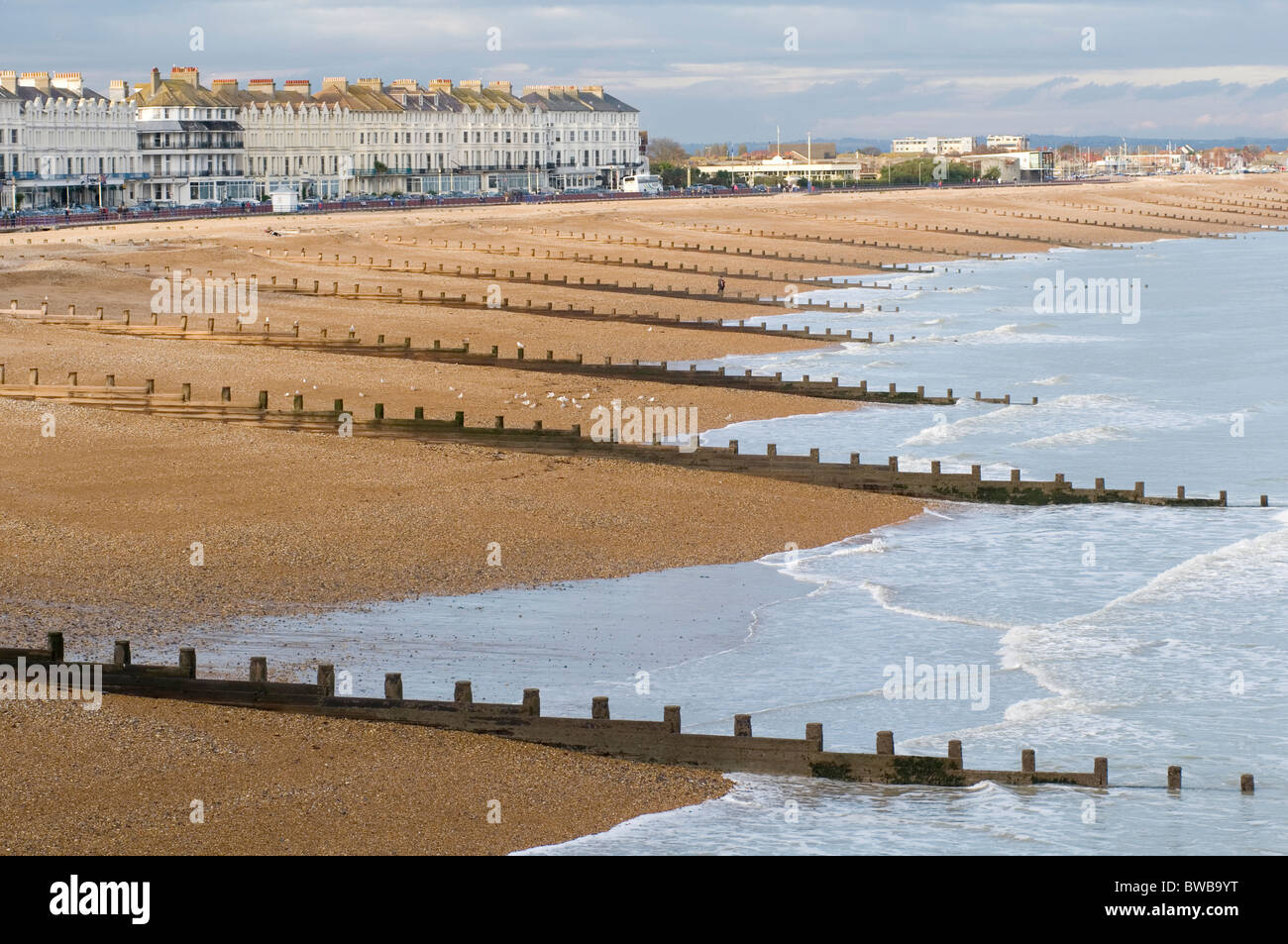
The sloping breakwater is made of piles of natural stone which is protected by a protective layer in the form of concrete or large rocks of a certain shape. This type of breakwater is more suitable for use in soft soil conditions and is not too deep. The sloping breakwater is more flexible so that if it is hit by a strong wave attack, the damage will not occur suddenly. The granular arrangement of the breakwater consists of several layers, namely on the outside it consists of large stones and the smaller the size goes inside. The shape of the grains used will also affect the bonds between the grains so that the grain forms used generally have sharp edges because the bonds between the grains will be better and more stable. The distribution of the amount of reflected wave energy, destroyed and transmitted depends on the characteristics of the incoming waves (period, height, and water depth), the building type of the wave damper and the geometry of the damping building (slope, elevation and top of the building).ī.A wave that spreads about a wave- absorbing building is partially reflected (reflection), partially forwarded (transmission) and partially destroyed (dissipation) through the breaking of the wave, fluid viscosity, basic friction and others.The breakwater functions to reduce wave energy and reduce sediment deposits that enter the protected area. Sediment delivery along the coast originating from the surrounding area will be deposited behind the building. The coast behind the structure will be stable with the formation of these sediment deposits.



The breakwater functions as a protection for the water pool from waves that can disrupt activities in the water during high tides, storms or other natural events.The breakwater can be divided into two types, namely “onshore” and “offshore” breakwaters. The first type is widely used in protecting port waters, while the second type is for coastal protection against erosion. In general, the planning conditions for the two types are the same only in the first type it is necessary to examine the characteristics of the waves at several locations along the breakwater, such as in jetty planning.īreakwater or in this case an offshore breakwater is a building made parallel to the coast and located at a certain distance from the coastline. The breakwater is built as a form of coastal protection against erosion by destroying the wave energy before it reaches the beach, causing sediment to occur behind the building. This sediment can obstruct the transport of sediment along the coast, therefore the breakwater must be designed properly so that ocean currents do not cause silting because the sand that is involved in the flow settles in the harbor pool. When this happens, the port needs to be dredged regularly.

A breakwater is infrastructure built to break waves or waves by absorbing some of the wave energy. Breakwaters are used to control abrasion which can erode the shoreline and also to calm the waves at port so that ships can dock at port more easily and quickly.


 0 kommentar(er)
0 kommentar(er)
